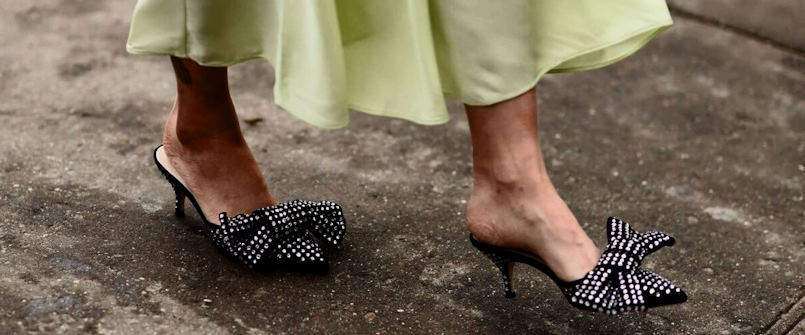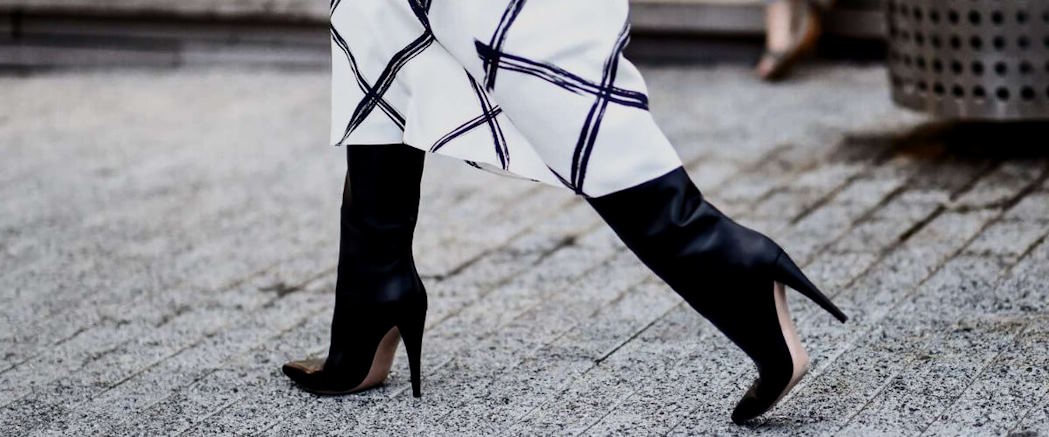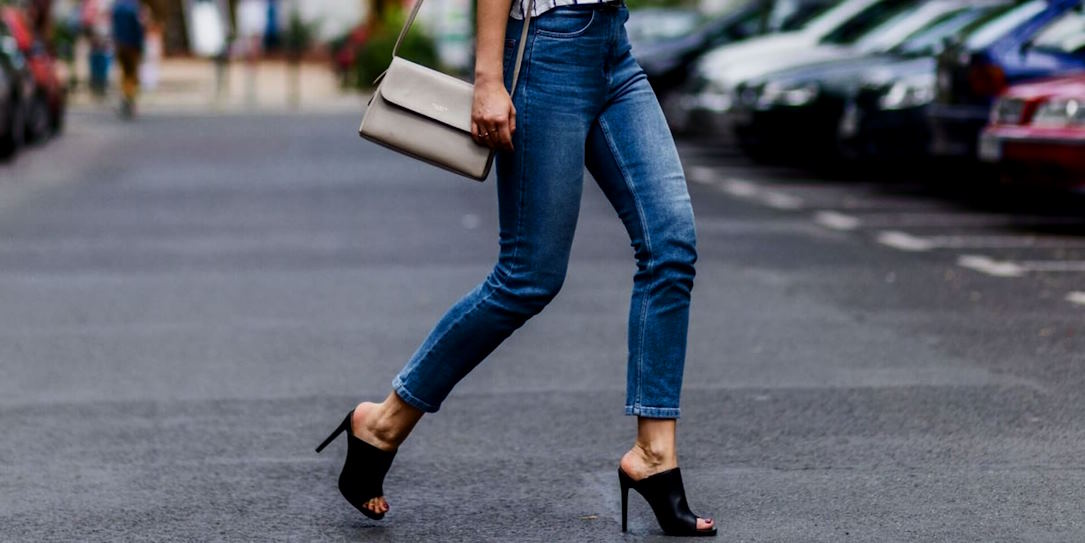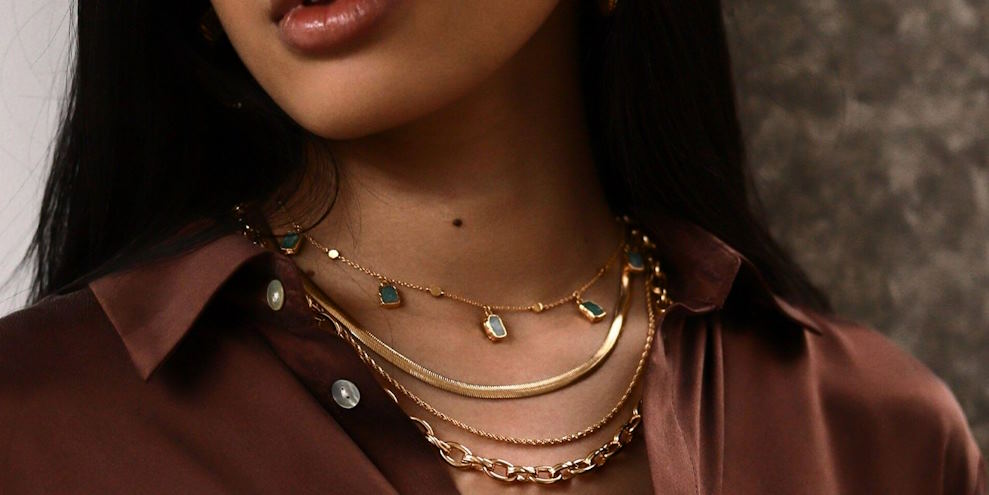
High heels can elevate any outfit and make you feel confident and stylish, but let’s face it, they aren’t always the most comfortable footwear option. The good news is that there are tips and tricks you can use to master the art of high-heel comfort and make wearing heels a more enjoyable experience. Here are some valuable tips to help you strut in heels with ease:
Find the Right Fit
Ensure that your high heels fit properly. Ill-fitting shoes can cause discomfort and make walking in heels even more challenging. Ensure your toes have enough room to move and that the shoe securely holds your foot without pinching or squeezing. Consider visiting a professional shoe store to measure your feet properly to find the right size and width for your feet.
Start with Lower Heel Heights
If you’re new to wearing high heels or find them particularly uncomfortable, start with lower heel heights and gradually work your way up. Begin with kitten heels or block heels that provide more stability and support. As you become more accustomed to wearing heels, you can gradually increase your height.

Opt for Chunkier Heels
Chunky heels or platforms provide better stability and support than stilettos or thin heels. They distribute your body weight more evenly, reducing the pressure on the balls of your feet. Choose heels with a wider base to improve balance and lessen the strain on your feet.
Cushion and Support
Adding cushions and supports to your heels can significantly enhance comfort. Gel or foam inserts can provide extra padding and alleviate pressure points. Consider using cushions for the balls of your feet, arch supports, or heel pads to reduce friction and absorb shock. These accessories can make a noticeable difference in the overall comfort of your heels.
Stretch and Break Them In
Break them in at home before wearing a new pair of heels for an extended period. Wear them for short periods to stretch the material and allow your feet to adjust. You can also use shoe stretchers or apply heat to target areas that feel tight. Breaking in your shoes will help make them more comfortable and prevent painful blisters.

Choose Quality Materials
Invest in high-quality heels made from genuine leather or soft, flexible materials. These materials are more likely to mold your feet and provide better comfort than stiff or cheaply made options. Quality heels also tend to have better cushioning and support, making them easier to wear for extended periods.
Practice Proper Posture and Walking Techniques
Proper posture and walking correctly in heels can greatly improve comfort. Stand tall with your shoulders back, and engage your core muscles to support your back. Take smaller, controlled steps rather than long strides. Distribute your weight evenly across your feet as you walk, rolling from heel to toe.
Give Your Feet a Break
Even with the most comfortable heels, giving your feet a break is important. Avoid wearing heels for extended periods and alternate with more comfortable shoes throughout the day. Take breaks to sit down, stretch your feet, and give them a chance to recover. It will help prevent fatigue and reduce the risk of discomfort or foot-related issues.

